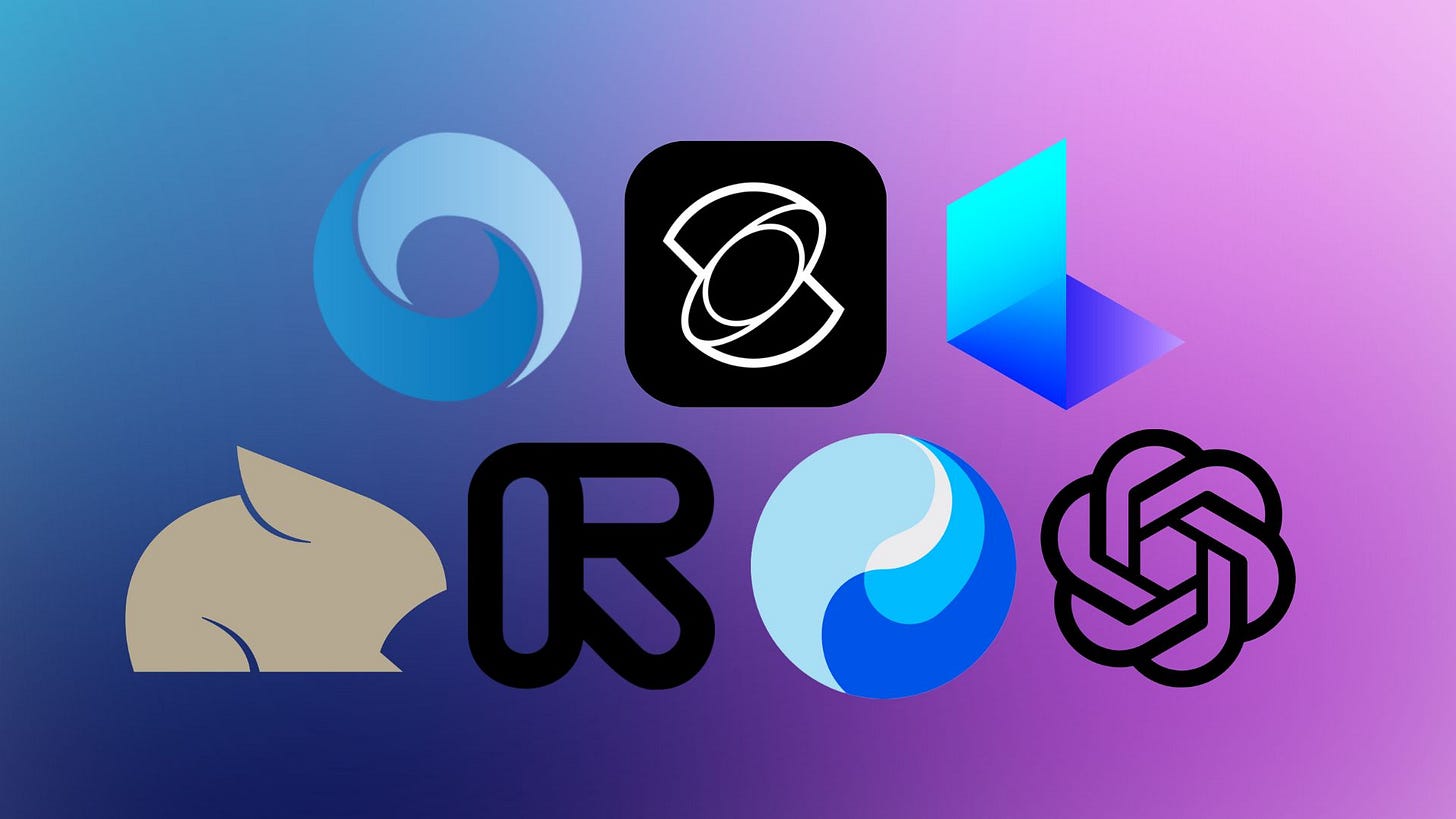10 AI Video Generators You Should Know About
I compiled the best AI video generators in 2025.
AI video generation has exploded in 2025. Just a year ago, generating short realistic videos from text or images was something you could only do with a handful of tools, and the results weren’t that great. Fast forward to today, and you’ve got hundreds of AI video models on the internet.
Some of them focus on realism. Others give you insane creative free…
Keep reading with a 7-day free trial
Subscribe to Generative AI Publication to keep reading this post and get 7 days of free access to the full post archives.


